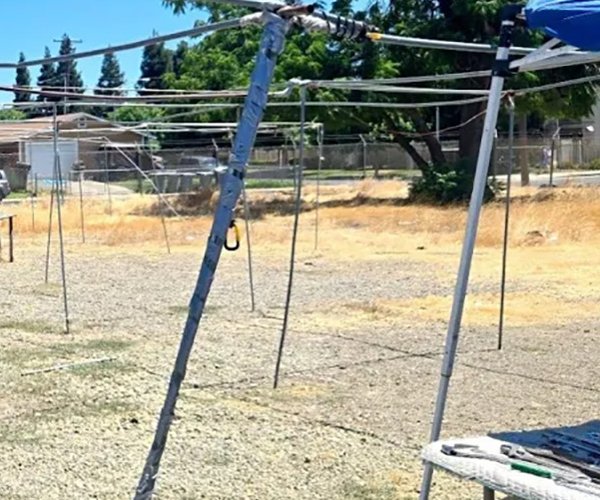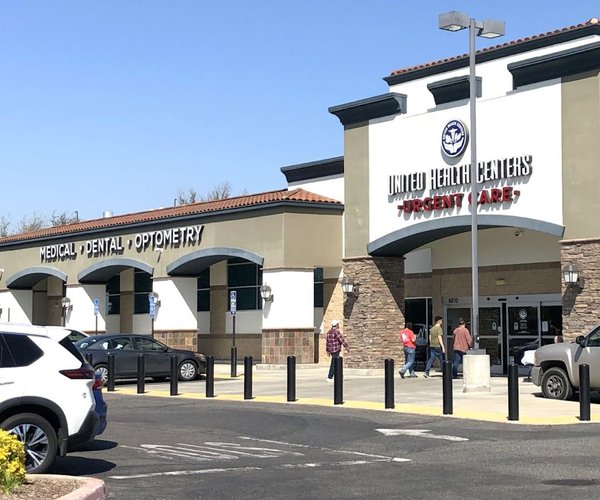While housing prices have dropped, California still needs more affordable housing, according to a new state Department of Housing and Community Development report.
“Prior to the foreclosure crisis and current economic downturn (also known as the Great Recession), California had experienced decades of undersupply, contributing to significant price escalation and the affordability crisis,” the report reads. “... While the recession of the early 1990s was most devastating with regard to poverty and unemployment, the housing price declines, construction declines, and foreclosures have all been worse in the Great Recession since mid 2000. This recession has worsened the effect of long term inadequate supply and affordability problems which has not been offset by record foreclosures and current depressed market conditions.”
Since the 1990s, California's population has grown by 340,000 people annually, increasing demand even as construction slows. In 2009, the fewest residential permits were issued in 55 years of recorded history – 35,000 total. In 2010, the 44,925 permits issued statewide represented less than a quarter of new housing permits issued in 2004.
The decline in permits was driven by the glut of foreclosed homes currently on the market. But those foreclosed units don't eliminate the need for more affordable housing, the report says.
“Homes going through the foreclosure process do not automatically become vacant (and) available for occupancy because of the length of time in working through the financial and legal systems, and are held off the market for various reasons,” the report reads. “Even when placed for sale, these units do not increase the overall supply, given the households vacating them must relocate, in rental units, or with family or friends in shared quarters.”
The need to relocate drives a demand for rental housing, said Maryn Pitt, Turlock Housing Program manager, which can make purchasing a home more difficult as homebuyers compete with investors who intend to rent out their purchases. Even when potential homebuyers can afford a home, they oftentimes have investors undercut them and purchase the homes in cash, Pitt said.
Turlock's Neighborhood Stabilization Program steps in to help where it can, Pitt said, by purchasing dilapidated homes that investors won't touch. Turlock then pays to rehab the homes, and sells them to lower-income homebuyers.
While Turlock home prices have dropped, they remain relatively high, with fewer foreclosures than the countywide average. And even as affordability of housing increases statewide, a large affordability gap remains, according to the report. Only 55.9 percent of Californians own their own homes, fewer than before the recession, as home prices have not declined enough to compensate for potential homeowners' loss in income.
Turlock offers programs that look to help with the problem, including the first-time homebuyer down payment assistance program. That program currently has a full waiting list, 100 names long.
Changing demographics, including growing Hispanic and Asian populations, have also driven demand for different sorts of homes, according to the report, predominantly high density, multifamily structures. Similarly, the growing percentage of over-55 Californians – as baby-boomers age – and 25-34 year-olds – the “baby-bust” generation – are pushing demand for mixed-age, mixed-use, smaller urban developments.
“Vacant foreclosed units for sale in outlying suburban areas will not meet this need or the demand for more infill housing accessible to jobs and transit in more central locations, necessary to reduce the costs of energy, transportation and greenhouse gas emissions,” the report reads. “Nor does the existing housing stock meet the need for different housing types including 'greener' development, smaller homes, or mixed-use housing.”
Also in need are rental units, as renters face issues of their own, per the report.
Half of all California renters pay more than 30 percent of their income in rent, and one-quarter of renters pay more than half of their income in rent. The high prices force many to share cramped apartments, with nearly 1.7 million Californians in overcrowded residences, but many have no other choice.
“People who have lost their homes have to go someplace,” Pitt said.
Turlock's planned Avena Bella low-income housing community, due to break ground on Jan. 1, 2012, should meet some of that demand, Pitt said. Units will be dedicated to those earning less than 50 percent of the area median income.
To contact Alex Cantatore, e-mail acantatore@turlockjournal.com or call 634-9141 ext. 2005.









